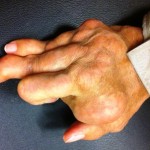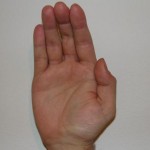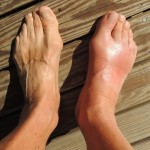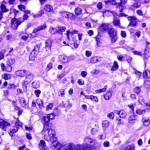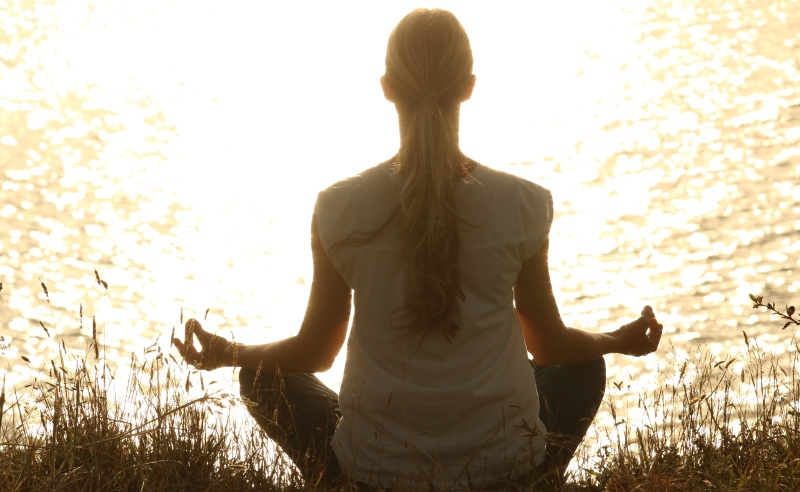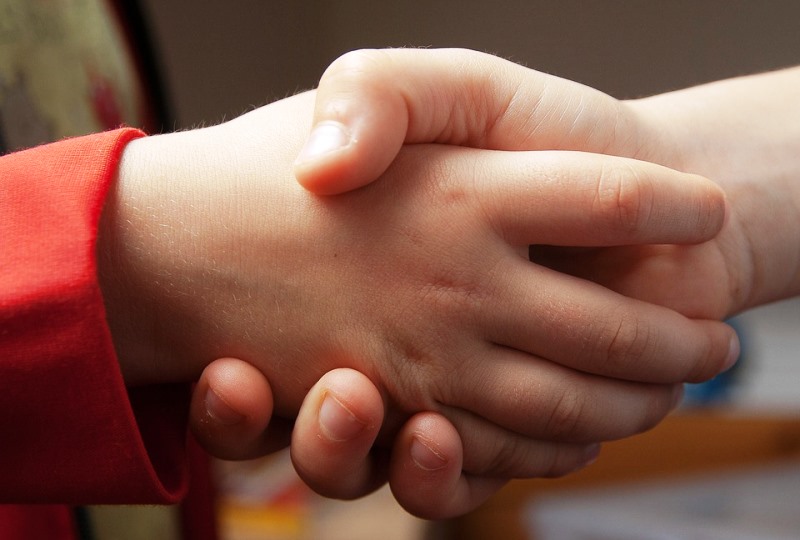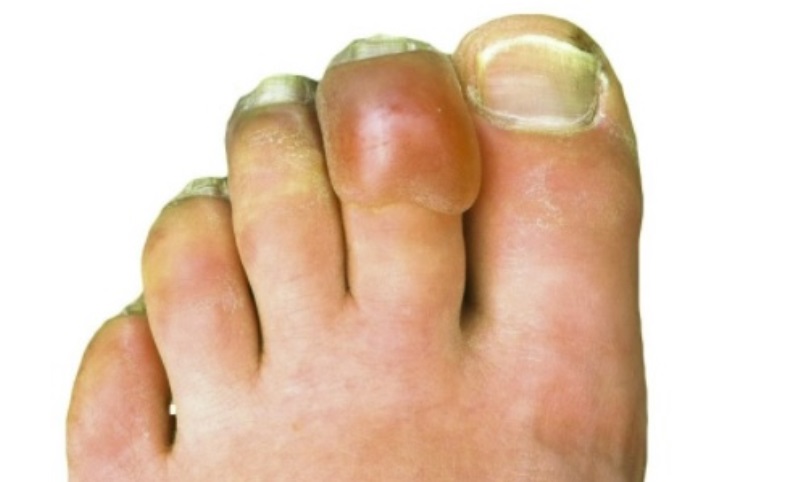Osteoarthritis is a degenerative joint disease. It is also known as osteoarthosis, and is the most common form of arthritis. It mainly happens because of cartilage breakdown in joints. As a result, bones rub against each other which causes osteoarthritis.
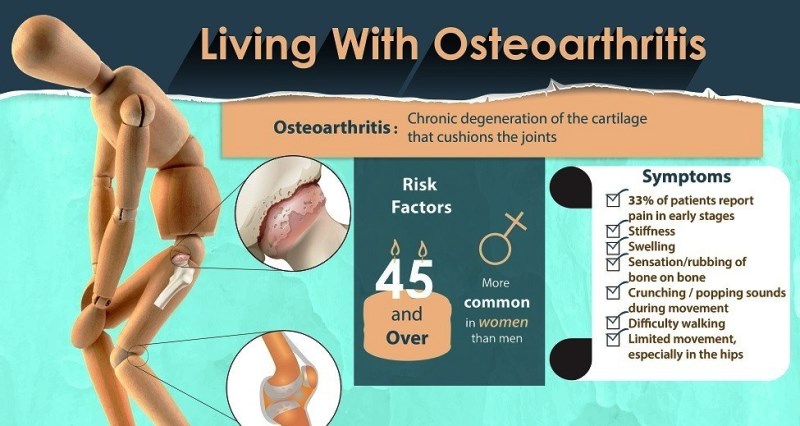
Image source: Google Copyright-free Image, under Creative Commons License
According to the Arthritis Foundation,
“Sometimes called degenerative joint disease or degenerative arthritis, osteoarthritis (OA) is the most common chronic condition of the joints, affecting approximately 27 million Americans. OA can affect any joint, but it occurs most often in knees, hips, lower back and neck, small joints of the fingers and the bases of the thumb and big toe.”
The Centers for Disease Control and Prevention holds that people between the ages of 40 and 60 are mainly affected by this disorder. It affects the weight-bearing joints, such as, the knees, hips, back, spine and the feet. It can also affect the joints in the hands and fingers, and the neck.
Osteoarthritis or OA is more common among females than in males. Other risk factors associated with OA are,
- Previous joint injuries
- Weak thigh muscles
- Jobs that put excessive stress on a particular joint
- Bone deformities
- Obesity genetics
- Diabetes
- Complications of other types of arthritis
Suggested read: 10 home remedies to improve cognitive health and fight Alzheimer’s Disease
The Arthritis Foundation holds,
“Although OA occurs in people of all ages, osteoarthritis is most common in people older than 65. Common risk factors include increasing age, obesity, previous joint injury, overuse of the joint, weak thigh muscles, and genes.
- One in two adults will develop symptoms of knee OA during their lives.
- One in four adults will development symptoms of hip OA by age 85.
- One in 12 people 60 years or older have hand OA.”
Symptoms of OA are seen to worsen over times. Some of these symptoms include,
- Joint pain during or after movement
- Joint stiffness
- Morning stiffness
- Joints feeling tender to the touch
- Loss of flexibility
- A rough sensation in the joints when flexed
- Bone divisions around affected joints
If OA is not treated timely, them the condition will worsen, causing knee and hip replacement surgeries. These home remedies for osteoarthritis and a few lifestyle changes, in addition to the medications suggested by a doctor, can help you manage symptoms associated with the condition.
Home remedies for osteoarthritis
Here are 10 natural remedies that can help you with OA.
1. Massage
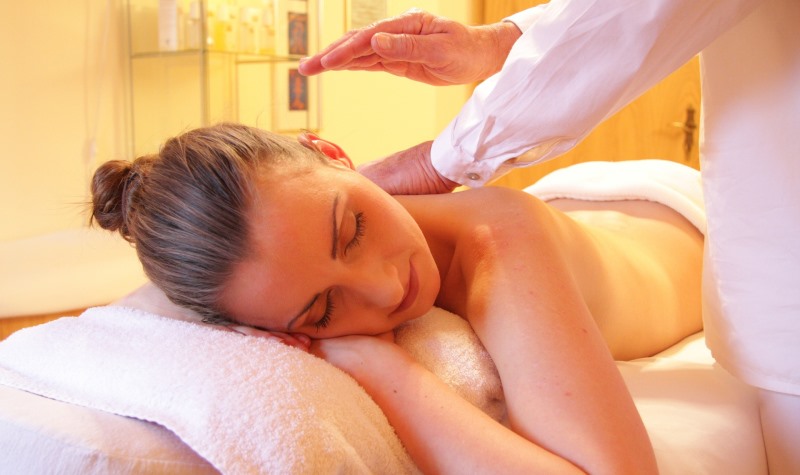
Image source: Pixabay, under Creative Commons License
Massage gently to relax the stiffness in your muscles. It also provides relief from your pain caused by OA.
Massage also improves circulation of blood, which alleviates the discomfort and inflammation.
Remedies
- To a cup of mustard oil, add 10 grams of camphor. Now heat the oil until the camphor dissolves in it. Once the oil cools down, apply it on the affected areas and massage lightly, in gentle strokes.
- You may also add about 6 to 8 drops of lavender essential oil to warm olive oil and massage the affected areas.
A word of cation: If your muscles feel to tender, then avoid massage as it can cause more harm.
2. Apple Cider Vinegar
Apple cider vinegar is also a great remedy for osteoarthritis. It has alkaline-forming properties, which helps reduce morning stiffness as well as pain in the joints. Also, it helps get rid of toxins that get accumulated in the joints.
Remedies
- In a glass of warm water, add half a tablespoon of raw organic apple cider vinegar.
- Add honey to this, and drink it two times, once before your lunch and once before dinner.
- Alternatively, you can mix a tablespoon of apple cider vinegar with a tablespoon of extra-virgin olive oil. Massage your joints with this, once every day.
3. Epsom Salt
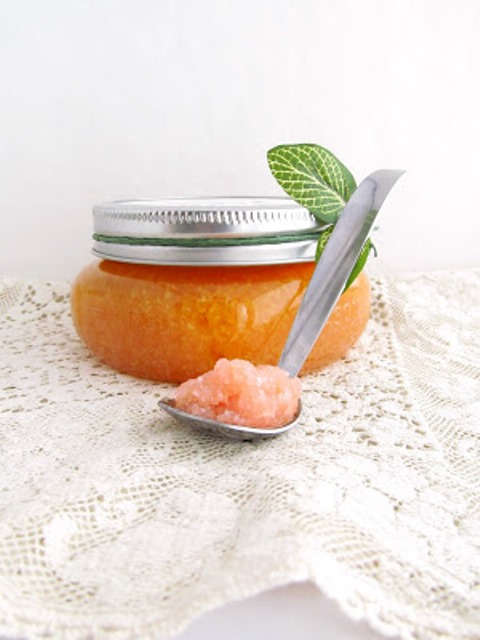
Image source: Pinterest
Another popular home remedy for OA is Epsom salt, because it is a good source of magnesium, and helps reduce joint pain and swelling.
Remedies
- Draw yourself a bath, and add two cups of Epsom salt to it.
- Soak yourself in this water for about half an hour.
- You should repeat this remedy three times a week for best results.
4. Hot and Cold Compresses
Another powerful remedy for OA is alternating hot and cold compresses. This remedy helps deal with symptoms of OA. The hot compress reduces pain as it relaxes the sore muscles and joints. The cold compress will reduce inflammation and joint swelling.
Remedies
- For the hot compress, wrap a hot water bag in a clean towel.
- For the cold compress, wrap 7 to 8 ice cubes in another towel.
- Now place the hot compress on your affected joints. Keep it on for 3 minutes.
- Now replace it with the cold compress.
- Keep alternating.
- Perform this for 15 to 20 minutes, a few times a day, until you feel relieved.
You can also use the hot and cold compresses separately. Also, if the affected area is red and irritated, then do not use hot compress. And if you have circulatory problems, then do not try cold compress.
Suggested read: 10 of the most effective home remedies for knee pain
5. Fenugreek
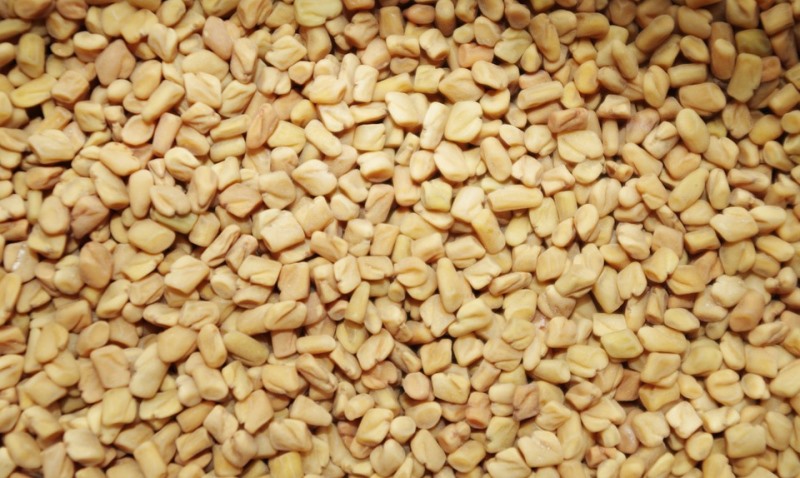
Image source: Google Copyright-free Image, under Creative Commons License
Fenugreek is great for osteoarthritis as it is an antioxidant and has anti-inflammatory properties. Also, it helps manage symptoms like swelling and joint pain.
Furthermore, the fenugreek seeds have vitamins as well as essential minerals such as iron, phosphorus and calcium, which are crucial for the health of tissues and bones.
Remedies
- Soak fenugreek seeds in water, for the night.
- Next morning, eat these seeds after straining out the water. You should make this an everyday practice.
- You can also take a teaspoon of fenugreek seed powder and mix it with a glass of lukewarm water. Take this 3 times a day.
- Alternatively, you can make a paste of half a tablespoon of fenugreek seed powder with little bit of warm water. Apply the paste on the affected areas. When dry, wash off with lukewarm water. Do this two times, every day.
6. Exercise
One of the basic ways to fight the symptoms of OA is physical exercise. By working out, you can prevent fatigue, strengthen your muscles and also increase the range of motion of the affected parts.
If you have not yet contracted this disease, you can reduce its risks by exercising. Here are some of the most helpful exercises,
- Try range-of-motion work outs for half an hour a day.
- Exercises to strengthen the muscles, also called strengthening exercises, should be performed three times a week.
- Cardio and aerobic exercises, also called endurance exercises should be performed for half an hour, three times a day.
Before starting this exercise, we suggest you consult a certified physical trainer to workout with.
7. Green Tea
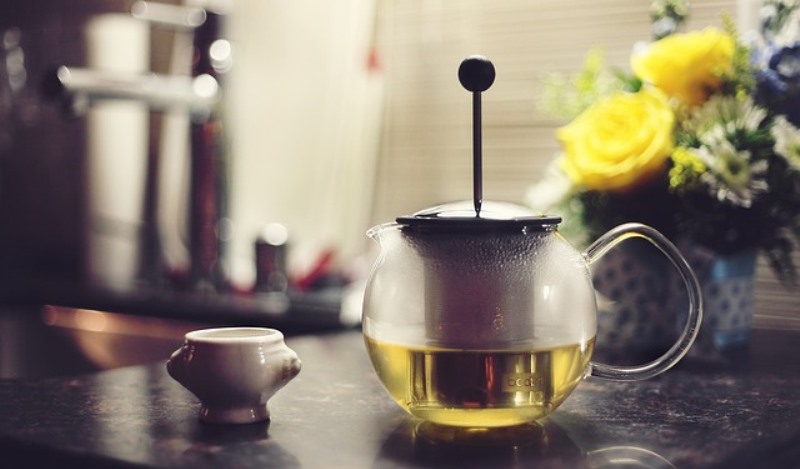
Image source: Pixabay, under Creative Commons License
According to a study published in 2011 by the Arthritis Research and Therapy, drinking green tea helps get rid of and control most of the symptoms associated with OA.
Green tea is anti-inflammatory and antioxidant, both of which help reduce joint pain. Also, green tea preserves bone density and maintains bone strength.
Remedies
- Heat a cup of water.
- To it, add a teaspoon of green tea leaves.
- Cover the tea and let the leaves steep for a few minutes.
- Strain the tea and add some honey for flavor.
- Drink two to three cups daily for best results.
8. Cinnamon

Image source: Pixabay, under Creative Commons License
Cinnamon is a great remedy for OA. It is anti-inflammatory, because of which it provides relief from swelling and joint pain.
Also, cinnamon soothes stiff muscles.
Remedies
- Heat a glass of warm water. To this, add a teaspoon of cinnamon powder. Add two teaspoons of honey and mix well. Drink this, every morning before you eat anything.
- Alternatively, you can form a paste by mixing some cinnamon powder and water. Add some honey and mix well for consistency. Apply the paste on the affected joints. Massage lightly for 2 to 3 minutes.
Suggested read: 12 superb home remedies for urinary incontinence that work
Additional Tips
- Try to improve your sleep cycle to get more relief. It will also help you cope with the stress that comes with OA.
- Prepare a mixture of soybean oil and avocado. Use this to massage the areas affected by OA, to control the inflammation.
- Stop excessive drinking.
- Quit smoking as that can worsen your condition.
- Try your hands on meditation practices to distract your mind of the pain.
- With an expert, practice yoga to strengthen your muscles.
- Every 2 to 3 days, a week. practice tai chi to fight the symptoms of OA.
- Use tools and devices such as splints, canes and braces to ease the discomfort. This will also help you prevent injury.
- Try to maintain an optimistic attitude. It will help you function better.
- You should take nutritional supplements, after consulting a doctor.
- Expose the areas affected by OA to the early morning rays of the sun for vitamin D.
- Include nuts, seeds and cold-water fish in your diet to improve the omega-3 fatty acids level in your skin.
- If you are obese, then you should take necessary and effective steps to lose weight to reduce the pressure that your weight is causing on your OA affected joints.
- Try acupuncture for more mobility and to reduce pain.
That is a wrap on home remedies for Osteoarthritis. If you found this guide helpful, then sign up for our daily newsletter NOW.
See you again tomorrow. Until then stay happy, stay healthy, and always remember that your health is in your hands!
Featured image source: Google, copyright-free image, under Creative Commons License



